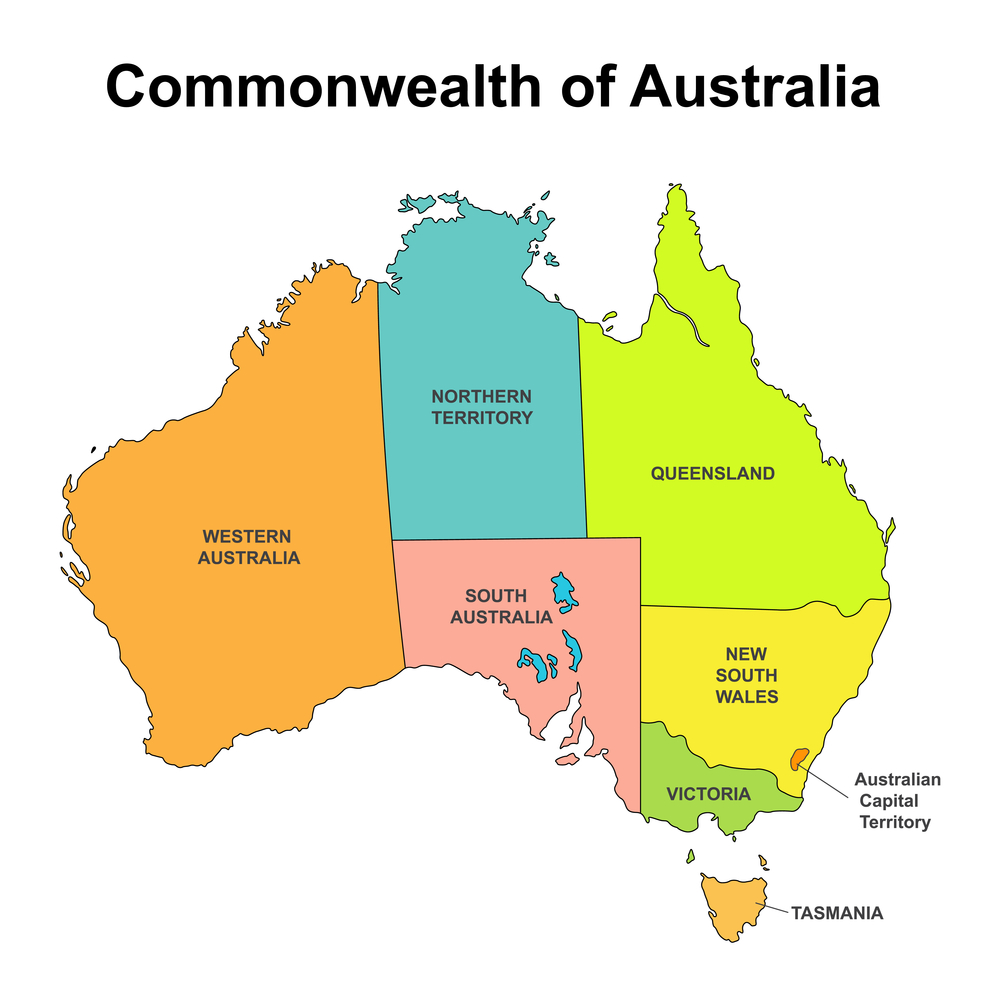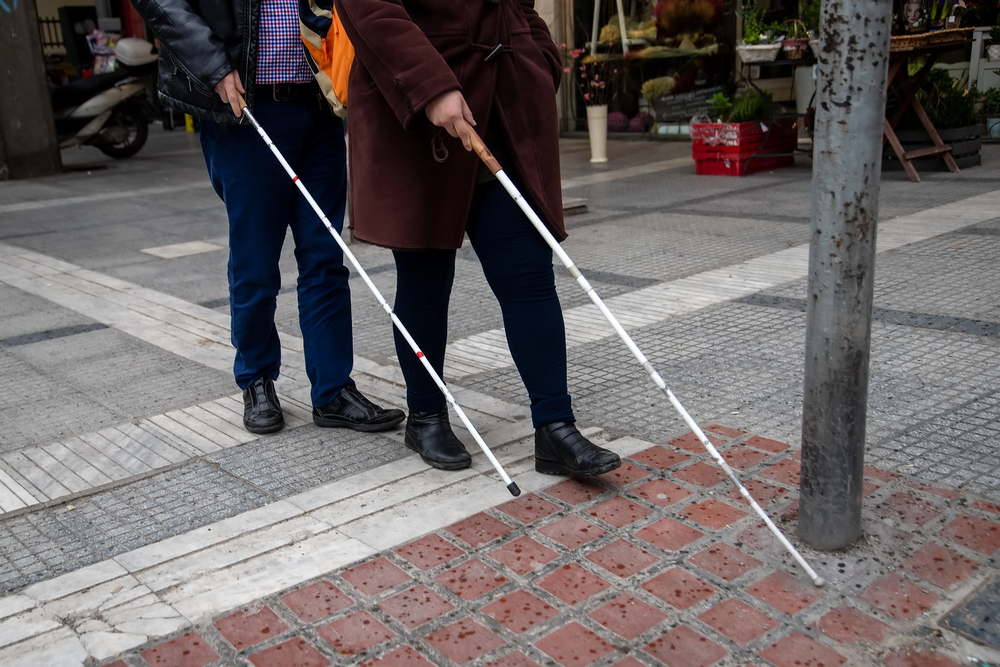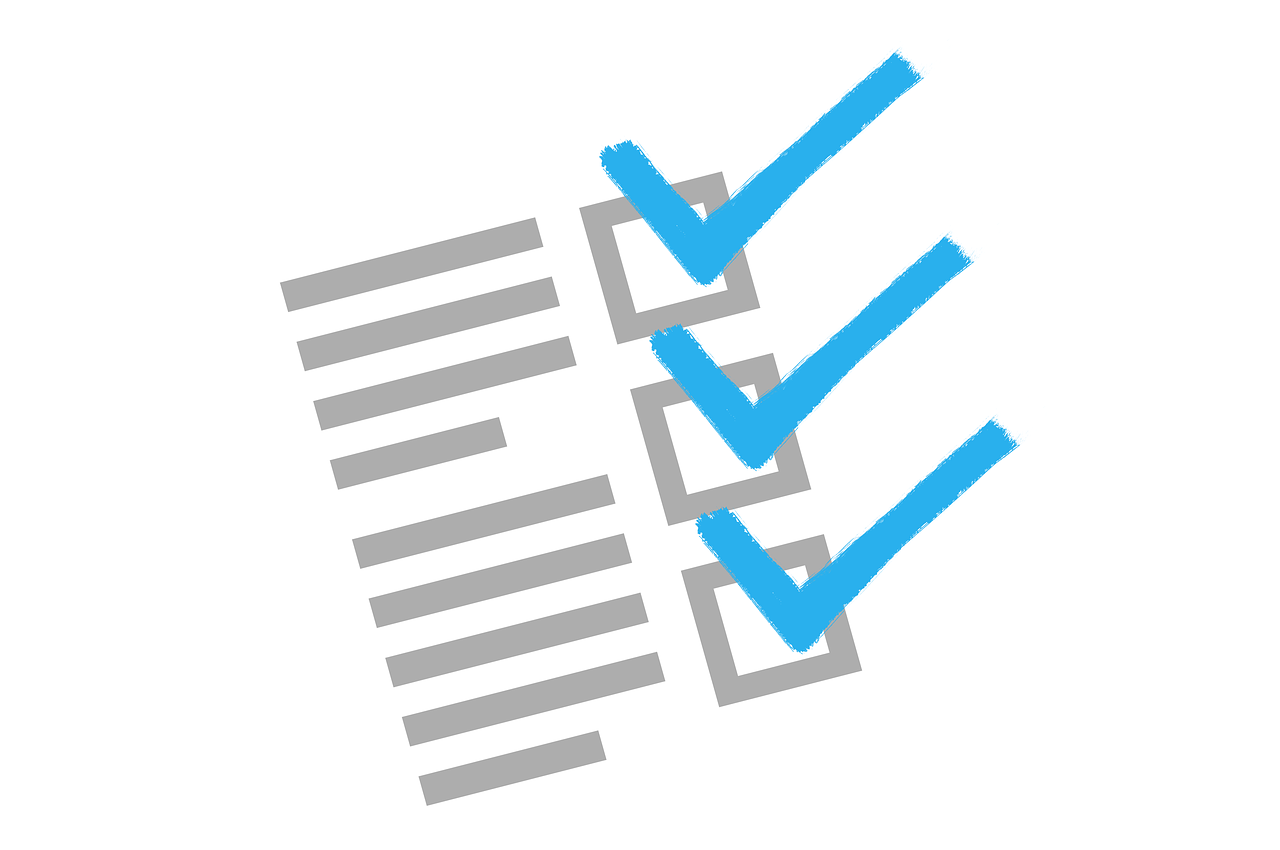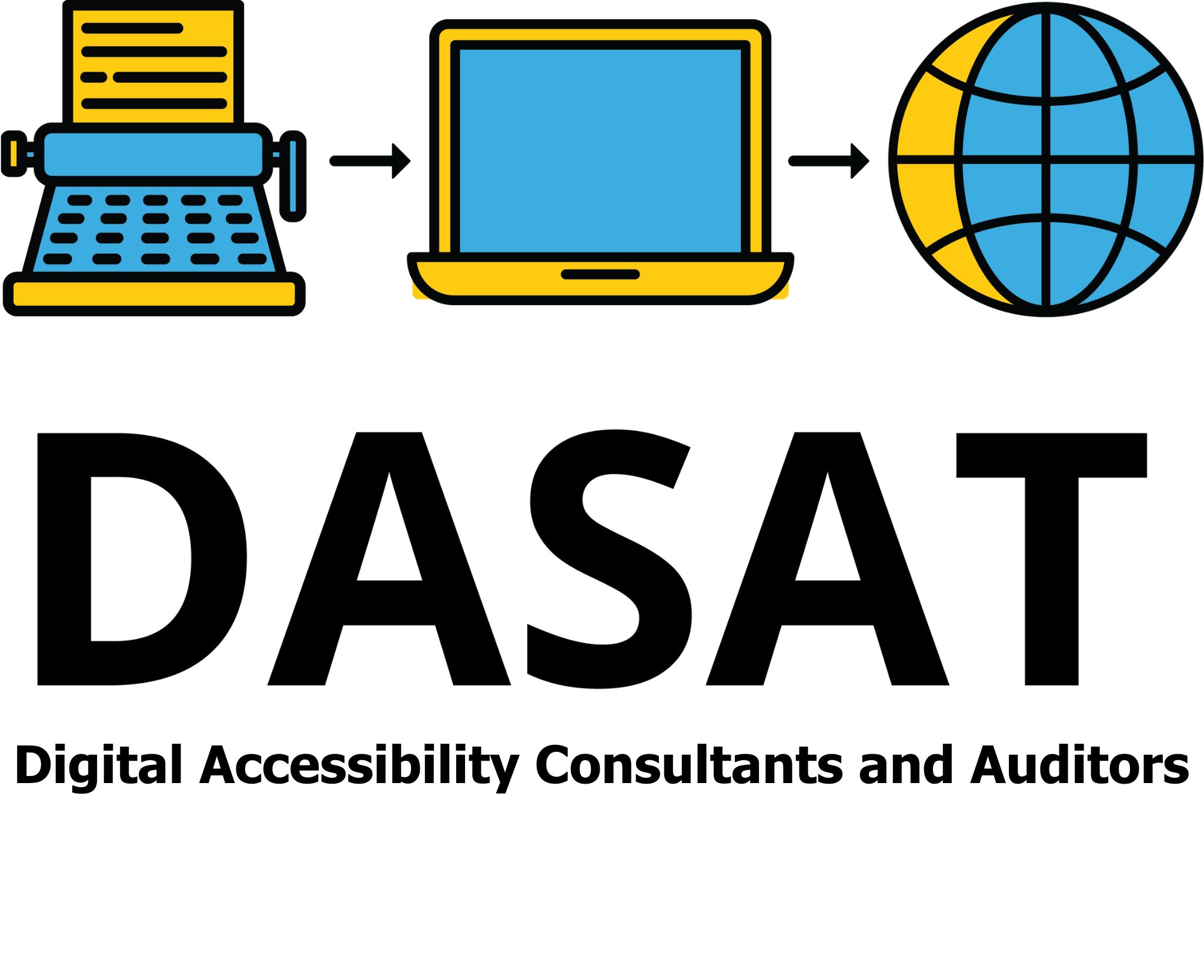
Voting in the 2025 Federal Election was an issue for people with sensory disabilities.
The 2025 Australian Federal Election brought attention to many long-standing barriers faced by voters with sensory disabilities. For many Australians, casting a vote is simple. But for people with sensory, physical or other disabilities, voting can feel overwhelming or even impossible. So what went wrong, what needs to change, and how voting can become fairer for everyone in the future.

What are Sensory Disabilities?
Sensory disabilities affect how people process information from the world around them. This includes how they hear, see, touch, smell, or feel movement. Some people have heightened senses, while others may struggle with sensitivity to light, sound, or touch. Sensory disabilities can be caused by conditions like autism, post-traumatic stress disorder, vision impairment, or hearing loss. They affect every person differently, and this means their voting experience also varies.

What are physical disabilities?
Physical disabilities are conditions that affect a person’s ability to move, control their body, or perform physical tasks. These disabilities can be present from birth or result from illness, injury, or ageing. They might affect mobility, balance, coordination, or stamina, and can range from mild to severe. Examples include paralysis, muscular dystrophy, cerebral palsy, limb loss, or chronic pain that limits movement. People with physical disabilities may use mobility aids like wheelchairs, walkers, or prosthetic limbs to support their independence and daily activities.

Making a Choice
People with disability who also have digital accessibility issues struggle to make a choice of who to vote for. The political parties do not have accessible websites. They also rely on social media, tv and radio ads and flyers in the mailbox to get the message out. People with low or severe vision loss, hearing impairments or other disabilities that prevent them from accessing the policies of each party were not able to make an informed choice.

Polling Place Problems
Polling places are often busy, loud, and crowded. This can be distressing for someone with sensory sensitivities. Bright lights, loud conversations, and long lines can cause discomfort or even pain.
The buildings might not have ramps, and the rooms are often very busy with many people moving through quickly. The queues can be long. This makes it harder for people that use mobility aids to manoeuvre through the room.
Some voters reported they were overwhelmed by the noise levels inside polling booths. Others found it impossible to focus with constant announcements or multiple conversations happening around them. Fluorescent lighting also posed a problem for many, with flickering lights triggering migraines or anxiety.
For people who are blind or have low vision, there were also problems with poor signage and a lack of clear guidance. Many booths didn’t have tactile voting tools or staff trained to assist in non-verbal ways. This made it difficult for them to cast a vote independently.
Lack of Quiet Spaces
One major issue was the lack of quiet rooms or sensory-friendly zones at voting sites. These spaces are essential for people who need a break from stimulation or who feel overwhelmed by noise and crowds. Without them, many voters left without voting, or had to rely on others to help them, taking away their right to vote privately.
The Australian Electoral Commission (AEC) did not provide clear information about which polling places were sensory-friendly. Some voters who called ahead were told there would be support, only to arrive and find nothing in place. This led to stress and disappointment, with some people deciding not to vote at all.
Communication Challenges
People with hearing impairments faced serious communication barriers. Some polling places lacked Auslan interpreters or staff who understood how to interact with deaf voters. While the AEC provided some resources online, not all voters had access to the internet or knew where to look.
Instructions were often printed in small fonts, with no large print or braille options easily available. Even voters who requested support ahead of time sometimes arrived to find staff unsure of what to do.

Early and Postal Voting
Some voters with disability tried to avoid polling places altogether by voting early or using postal voting. But this didn’t solve the problem.
Postal voting forms are still difficult to read and fill out for some people with visual or cognitive sensory processing issues. The forms require precise marking, and even a small mistake can cause a vote to be invalid.
Telephone voting is not yet widely available in Australia. Although this option could help many people vote more comfortably, it is still limited to specific groups, such as people who have a severe vision impairment. This left many with no suitable choice. Again, this option also takes away the right to a secret vote.
Online voting was previously done in NSW however it has been removed.

What Needs to Change?
Accessibility must be more than a checklist. It should be about making sure every Australian can vote with confidence and independence.
Some solutions that could make a real difference include:
- Providing quiet rooms or sensory-friendly spaces at every polling site.
- Training staff in how to assist people with sensory sensitivities.
- Offering clearer signage and easy-to-read instructions.
- Expanding digital and telephone voting options for people with disabilities.
- Listing accessible polling places clearly on the AEC website.
- Supplying assistive technology like noise-cancelling headphones, tactile guides, or visual boards on site.
- Ensuring that all information is digitally accessible.
In addition, the AEC could involve people with sensory disabilities in planning future elections. Listening to those who are directly affected is the best way to understand what changes are truly needed.

The Right to Vote Is for Everyone
The right to vote is a basic part of democracy. But for many Australians with sensory disabilities, the 2025 Federal Election felt like a reminder that their needs are still being ignored.
Everyone should be able to cast their vote independently, privately, and without discomfort. Until all voters have equal access, our voting system remains unfair.
Australia has the tools and knowledge to make voting more inclusive. It’s now a matter of putting people first and making those changes happen.
Has your voting experience been affected by a sensory disability? What would make it easier for you next time?
